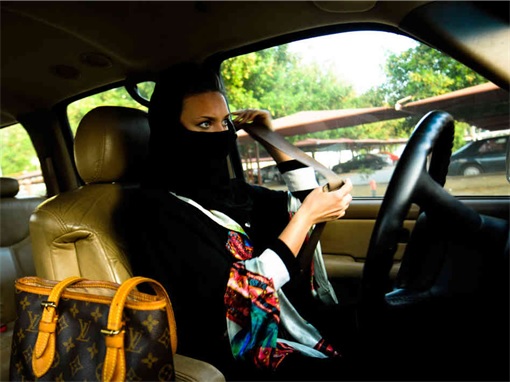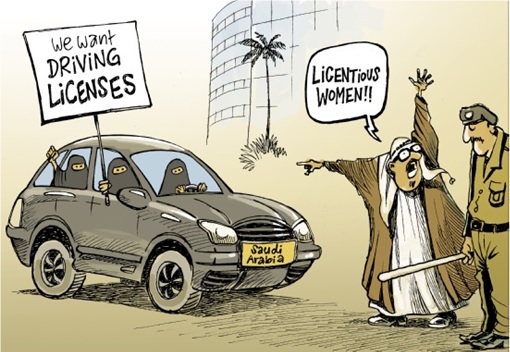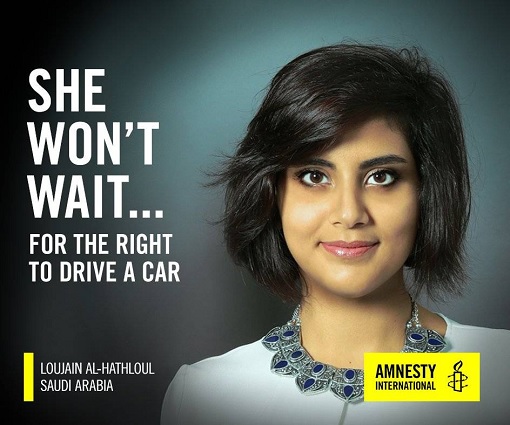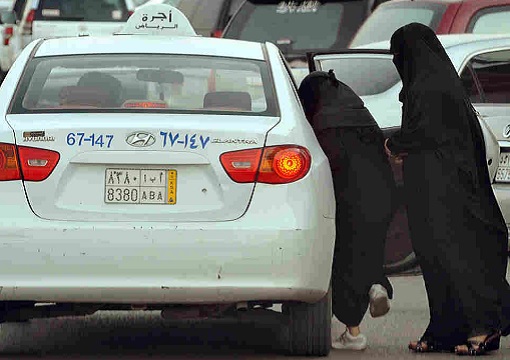Soon, the jokes about Saudi Arabia being the only country on planet Earth where women were forbidden from getting behind the wheel of a car will be a thing of the past. For as long as one can remember, women in the kingdom have been discriminated and oppressed by the Saudi government and treated like a pariah by their men.
As home to Islam’s holiest sites, it wasn’t difficult for an absolute monarchy and clerics to provide a long list of justifications (or rather excuses) as to why women were banned from driving in Saudi. Against the Shariah law and Saudi culture, it was an uphill battle for the women to argue their case. Women who defy the prohibition would simply be arrested and thrown into prison.
That would change in June 2018. In a royal decree read live on state television and in a simultaneous media event in Washington, the spectacular decision to throw away the ban was announced. While there is no formal law banning Saudi women from driving, the government refuses to issue them permits. That is as good as shutting the door to women driver.

Indeed, it was a “massive victory” for women in the kingdom. No matter how the clerics interpret the restriction based on Islam or culture, it was a flaw from the beginning. Adult women must obtain permission from a male guardian to travel, marry, or even exit prison. But in a family without male member or chauffeur to drive them around, the women are virtually prisoners.
When the first major protest occurred in 1990, around 50 women took to the streets in cars. They were jailed for a day, had their passports confiscated and lost their jobs. In June 2011, about 40 women got behind the wheel in a protest sparked when a woman was arrested after posting a video of herself driving. One woman was later arrested and sentenced to 10 lashes, a penalty the king overturned.
The women’s fight for their rights and freedom hadn’t gone unchallenged by ultraconservative Muslim clerics, who saw it as a challenge to their authorities. Heck, one cleric even went the extra miles claiming – with no evidence – that driving harmed women’s ovaries. Not impressed with the cleric’s insult, 60 Saudi women took part in a protest against the mind-boggling claims.

In response, 150 clerics staged a demonstration outside the royal palace. Some of the kingdom’s ultraconservative Muslim clerics claim “licentiousness” will spread if women are allowed to drive. Some argued it was inappropriate in Saudi culture for women to drive, or that male drivers would not know how to handle having women in cars next to them.
In 2014, Loujain Hathloul was arrested after trying to cross the border from the United Arab Emirates (UAE) into Saudi Arabia and detained for 73 days. The 28-year-old Saudi’s rights activist would later end up ranking 3rd in the list of Top 100 Most Powerful Arab Women 2015.
In the same year Loujain was harassed, King Abdullah, under increasingly pressure, recommended the kingdom’s government lifting the long-standing ban on women drivers. But the new perk came with terms and conditions. The permission was only for women above 30-years-old, and they were not allowed to wear makeup behind the wheel. Additionally, they must be off the road by 8 p.m.

The Shura Council’s recommendations, which apparently were made in a secret closed session back then, would allow women to drive from 7 a.m. to 8 p.m. on Saturday through Wednesday and noon to 8 p.m. on Thursday and Friday. However, they still needed permission from a male relative – either a husband, father or brother.
By 24th June 2018, Saudi women would be able to obtain driver’s licenses without having to ask permission of their husbands, fathers or any male guardian – despite so-called “guardianship” laws – which says women cannot travel abroad, work or undergo some medical procedures without the consent of their male “guardian,” often a father, a husband or even a son.
But why suddenly King Salman has become so liberal and generous, when his monarch and clerics could continue to deny the women’s right to drive? It’s all about the economy, stupid. Saudi Arabia hopes the new policy to allow women behind the wheel of a car will help the economy by increasing women’s participation in the workplace.

The stubbornly low crude oil price plays a major role in the latest Saudi decision, of course. The low oil prices have limited the government jobs that many Saudis have long relied on. Therefore, the kingdom is trying to push more citizens, including women, into private sector employment. But thanks to the ban, it’s not lucrative for Saudi women to work.
Many working Saudi women complain that they spend much of their salaries on drivers or must be driven to work by male relatives. The ban on driving forces them to pay US$300 to US$400 a month for a driver. Hence, there’s little incentive to work as hiring private drivers to get them to and from work actually eats up much of their pay.
The movement and support for women to drive has gained prominence with the rise in power of Crown Prince Mohammed bin Salman, a 32-year-old son of the king. Again, it’s all about boosting the country’s economy. The kingdom is facing its worst economy growth since the world recession in 2008-09. And the prince is hoping that his “Vision 2030” could do the trick.

Crown Prince Mohammed’s Vision 2030 and a national transformation plan would create 450,000 private sector jobs within 3 years, trimming employment in the already struggling public sector. In order to cut cost, Saudi had tried cutting minister’s salaries by 20% and perks for public sector employees were scaled back, only to make a humiliating U-turn after signs of uprising.
Spooked by a potential protest outbreak under “April 21 Movement”, King Salman quickly reversed his unpopular move of cutting salaries and perks, of which affected two-thirds of working Saudis. The October 2016’s cuts were reinstated by April this year, with a royal decree restoring “all allowances, financial benefits, and bonuses” for civil servants and military personnel.
Still, challenges remain to be seen not only from ultraconservative Muslim clerics in Saudi, but also from Saudi men who have been “controlling” the movements of their wives (they could have up to 4 wives) or daughters for decades. Even policemen will have to be trained to interact with women in a way that they rarely do in Saudi Arabia.

Other Articles That May Interest You …
- Exposed!! – UAE Behind Hacking Of Qatar, Mastermind Saudi Now Reduces Demands
- Arab VS Arab – The Hidden Reasons Why Saudi & Its Gang “Unfriend” Qatar
- A Saudi Spring – Here’s Why King Salman Returns Perks To Public Sector
- Sponsor & Supplier – Majority Of ISIS Militants Are Citizens Of Saudi
- A Month Of Asia Tour – King Salman’s Mission & The Real Reason He’s Here
- Exposing 9/11 Secrets – How Saudi Terrorism Began In 1979’s “The Siege Of Mecca”
- The Glory Days Are Over – OPEC Warlord Saudi Has Started Borrowing
- Victory For Women In Saudi Arabia – They Can Now Drive But …
- The Real Reason Religious Einsteins Afraid Of “I Want To Touch A Dog” Event
- Exposed – The Hidden Lives Of The Rich Kids Of Tehran

|
|
September 27th, 2017 by financetwitter
|


|

|

|

|

|

|




























Comments
Add your comment now.
Leave a Reply